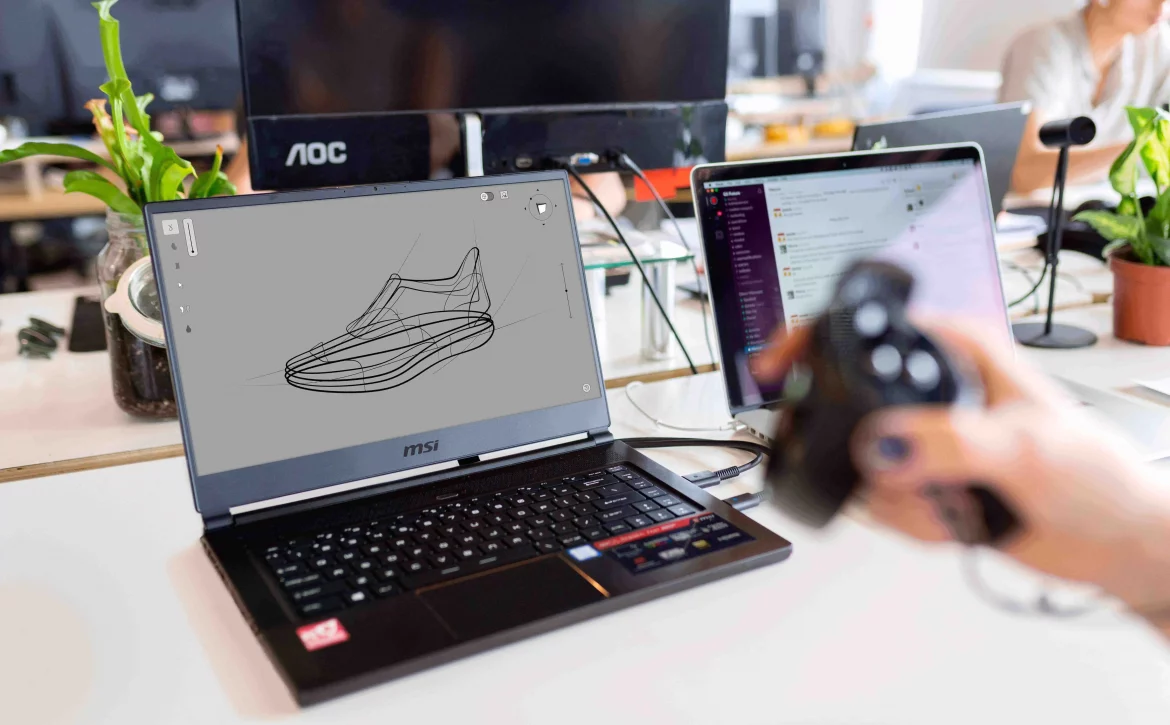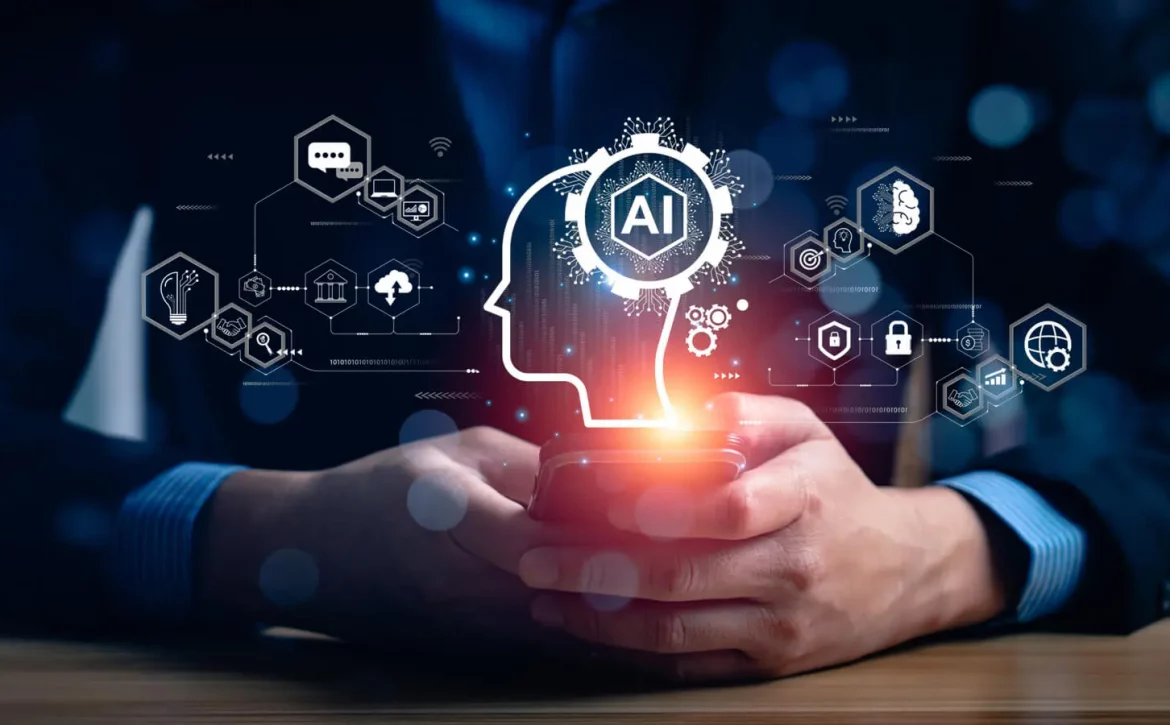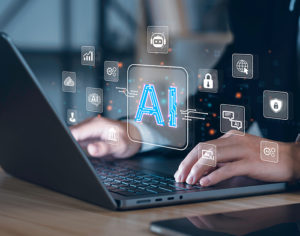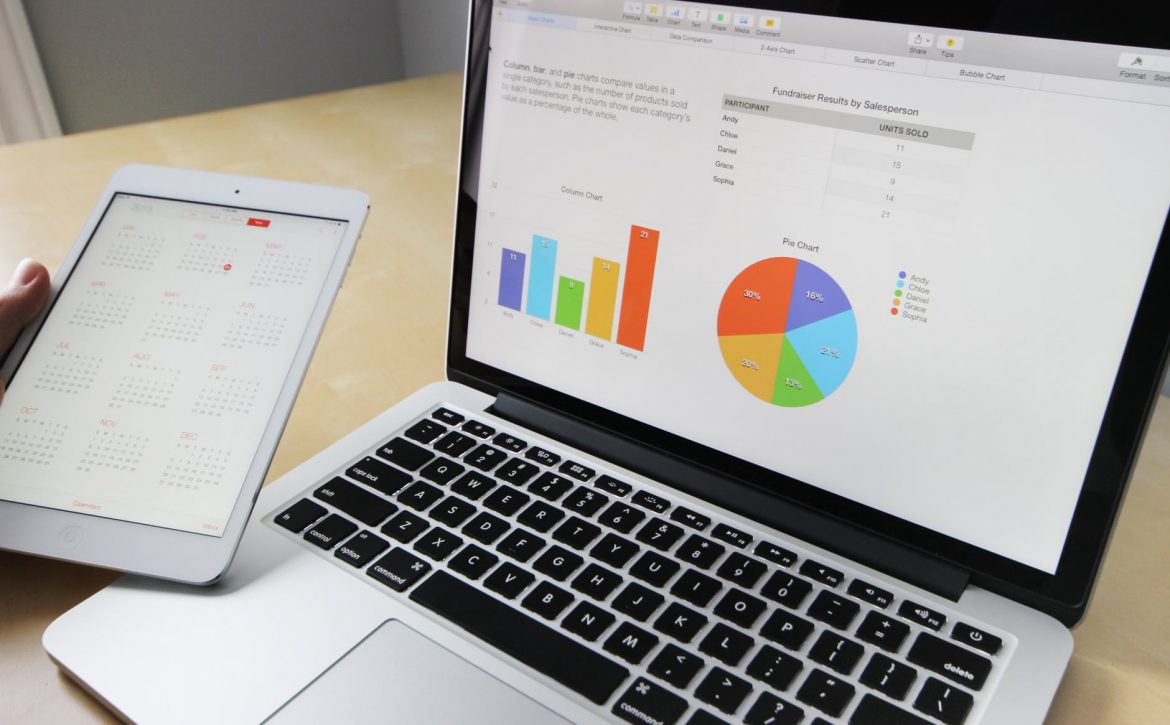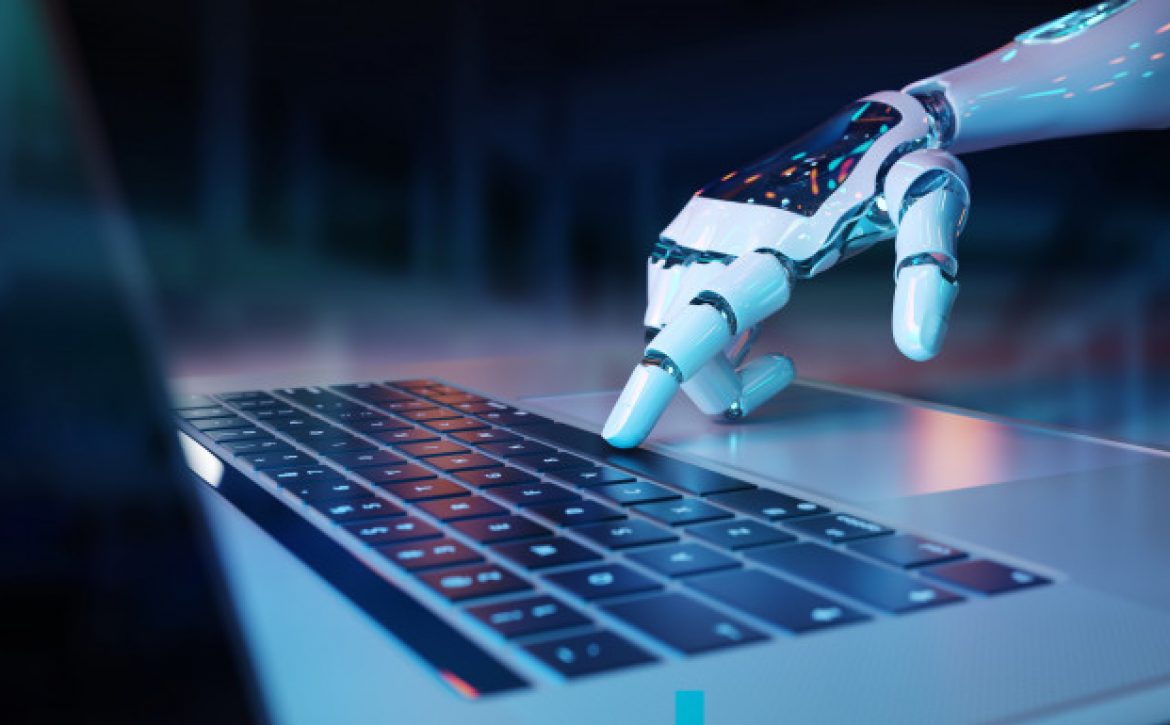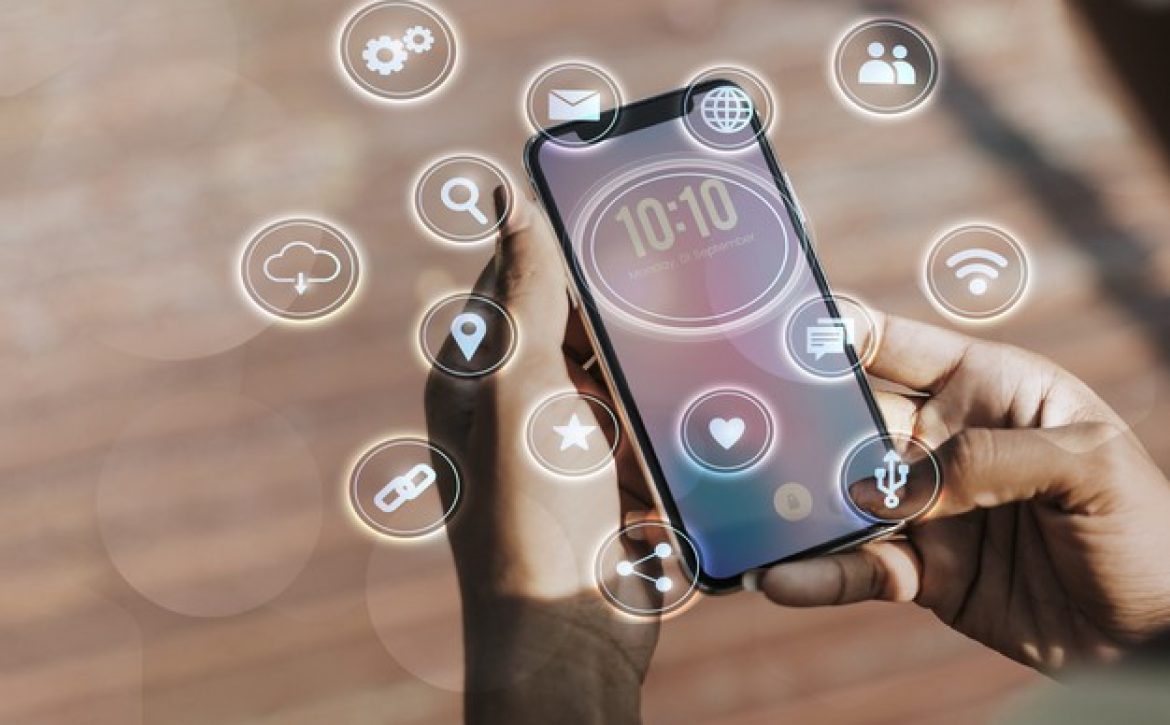IoT Integration in Software: Building Smart and Connected Applications
The way we engage with technology and our surroundings has changed as a result of the Internet of Things (IoT). It’s not just a catchphrase; it’s a reality that might transform industries, increase productivity, and improve our daily lives. The ability to create intelligent, linked apps that have the potential to disrupt many industries has made IoT integration in software an essential component of contemporary development. We’ll discuss the idea of IoT integration in software in this blog, along with its importance, major elements, and prospective developments in the future.
GoodWorkLabs is a leading Internet of Things (IoT) solutions provider known for integrating design thinking into technology offerings. Our team of technical architects specializes in developing IoT applications that empower users to effortlessly manage and control their applications. With a world-class IoT application development team, we deliver top-tier solutions, products, and applications that stimulate business growth. Our dedicated centers cater to clients in India, North America, and Europe, focusing on IoT applications across smart products, optimization, automation and data-driven decision-making. GoodWorkLabs’ IoT development services include consulting, ensuring the creation of high-return IoT solutions, making them a trusted partner for IoT development needs.
Understanding IoT Integration
The process of integrating IoT devices, data, and capabilities into software applications is known as “IoT integration in software.” These applications can include sophisticated industrial solutions as well as consumer-focused smart home systems. IoT integration enables software to gather, analyze, and act on data produced by IoT devices empowering automation, real-time decision-making, and a seamless user experience.
The significance of IoT Integration
- Enhanced Efficiency: IoT integration enables individuals and businesses to automate formerly manual procedures and operations. For instance, smart thermostats can optimize energy use by adjusting temperatures based on occupancy. IoT sensors can monitor equipment in industries, foretelling maintenance requirements and minimizing downtime.
- Data-driven insights: The amount of data produced by IoT devices is enormous. This data transforms into a useful resource for decision-making and analytics when it is integrated into software programs. Retailers can utilize IoT data, for instance, to evaluate client behavior and improve store layouts.
- Better User Experience: Applications that are smart and linked can offer individualized experiences. Depending on user choices, smart homes can change the lighting, climate, and entertainment settings. Real-time health and fitness insights can be obtained from wearable technology.
- Scalability: IoT integration makes it possible for apps to grow in size. Software may expand to support more data sources and devices as the number of IoT devices rises without requiring extensive reengineering.
Key Components of IoT Integration
1) IoT devices
- IoT devices include physical items with sensors, actuators, and connectivity features.
- They can communicate with other devices and software programs because they can sense their environment, take action, and send data through networks.
- These gadgets serve as the foundation for the Internet of Things, gathering and exchanging data, automating procedures, and enabling real-time decision-making in a variety of fields.
2) Communication protocols
- IoT devices and software applications share data in accordance with established protocols.
- These protocols, including MQTT, HTTP, and CoAP, serve as the common language for use by hardware and software.
- They specify the structure, format, and guidelines for data transmission, facilitating smooth communication.
- These protocols enable reliable data communication between IoT hardware and software, enabling real-time data collecting, remote management, and coordination.
- These protocols are essential for allowing the connectivity and interoperability that support the Internet of Things and enable effective information sharing and decision-making.
3) Data processing and storage
- Large-scale data production from IoT calls for reliable data processing and storage solutions in software programs.
- To gain insights and make wise decisions, this data must be managed effectively. Scalable infrastructure is provided by cloud platforms like AWS, Azure, and Google Cloud, allowing for effective data processing and storage.
- These platforms offer the processing speed and storage space needed for IoT data analysis and archiving.
- Organizations may effectively manage the enormous data streams coming from IoT devices by utilizing cloud solutions, assuring the availability and scalability required for data-driven applications.
4) Application Programming Interfaces
- Application Programming Interfaces (APIs) are crucial connectors that allow software programs to interact with and manage Internet of Things (IoT) devices.
- They serve as middlemen, promoting smooth communication and engagement.
- Different software systems and devices can cooperate effectively because APIs specify the parameters and formats for this interaction.
- They are essential to IoT integration because they make sure that information can move freely across systems and programs, giving users a seamless and engaging experience throughout the IoT ecosystem.
5) Analytics and Machine Learning
- By gathering useful insights from IoT data, analytics and machine learning play an important role in IoT integration.
- This information is used for anomaly detection, predictive maintenance and well-informed decision-making. In order to make predictions and automate decision-making, machine learning algorithms evaluate previous data.
- These technologies offer a data-driven approach to problem-solving and optimization, improving operational effectiveness and system dependability across a variety of areas.

Future Development in IoT Integration
1) Edge Computing
- A concept known as “edge computing” moves data processing from centralized cloud servers to devices that are physically closer to the data source, like Internet of Things (IoT) devices.
- Real-time analysis and decision-making are made possible by this method, which greatly lowers data transport latency.
- Device responsiveness and dependability are enhanced by data processing at the edge, which enables quick responses to local conditions without relying on distant data centers.
- The effectiveness of IoT applications that need quick, low-latency responses is improved by edge computing across a variety of industries, including industrial automation, healthcare, and transportation.
2) 5G Connectivity
- A new age of IoT integration is about to begin with the arrival of 5G connectivity. Compared to their predecessors, 5G networks promise significantly greater data transmission speeds and noticeably lower latency.
- This innovative technology gives Internet of Things (IoT) devices and applications the capacity to handle and send data at previously unheard-of rates.
- This makes it possible to deploy IoT applications that are more demanding and data-intensive, such real-time industrial automation, augmented reality, and autonomous vehicles.
- Additionally, 5G’s low latency is essential for improving user experiences, guaranteeing that IoT devices can communicate and react quickly, facilitating easy and highly rapid interactions with smart devices and systems.
3) AI and machine learning integration
- The processing and analysis of data will be revolutionized by the combination of IoT, AI, and machine learning.
- These technologies are expected to play a bigger part in managing IoT data as they develop further.
- IoT-generated data can be sorted through by AI-driven algorithms to uncover useful patterns and insights. As a result, IoT applications can now offer real-time decision-making skills and become more intelligent and predictive.
4) Blockchain for Security
- Blockchain, which is renowned for its openness and security, has enormous potential for enhancing IoT data security.
- Blockchain technology makes it possible to trace and tamper-proof IoT data. It is extremely challenging for hostile actors to alter or manipulate data because each data transaction is securely recorded in a decentralized ledger across a network of nodes.
- By doing so, users and devices inside the network can have greater confidence in one another while still preserving the integrity of IoT data.
5) Sustainability
- Integrating IoT is essential for promoting environmental objectives. Businesses and organizations can maximize resource use, resulting in more effective operations, by gathering and analyzing data from IoT devices.
- This includes reducing energy use by automating lighting, heating, and cooling in intelligent factories and buildings.
- IoT-driven insights can also help cut waste by streamlining supply chains and manufacturing procedures.
- IoT integration helps make data-driven decisions that support environmentally friendly practices, which significantly aids sustainability efforts across industries and sectors.
Software IoT integration is a disruptive force that is transforming industries and improving daily life. Businesses and consumers may make educated decisions, automate procedures and develop individualized experiences thanks to the ability to connect and utilize the data produced by IoT devices. Future IoT integration holds promise of even higher capabilities as technology develops. It is obvious that, in the quickly changing digital environment, integrating IoT integration in software is not just a choice but a requirement.


